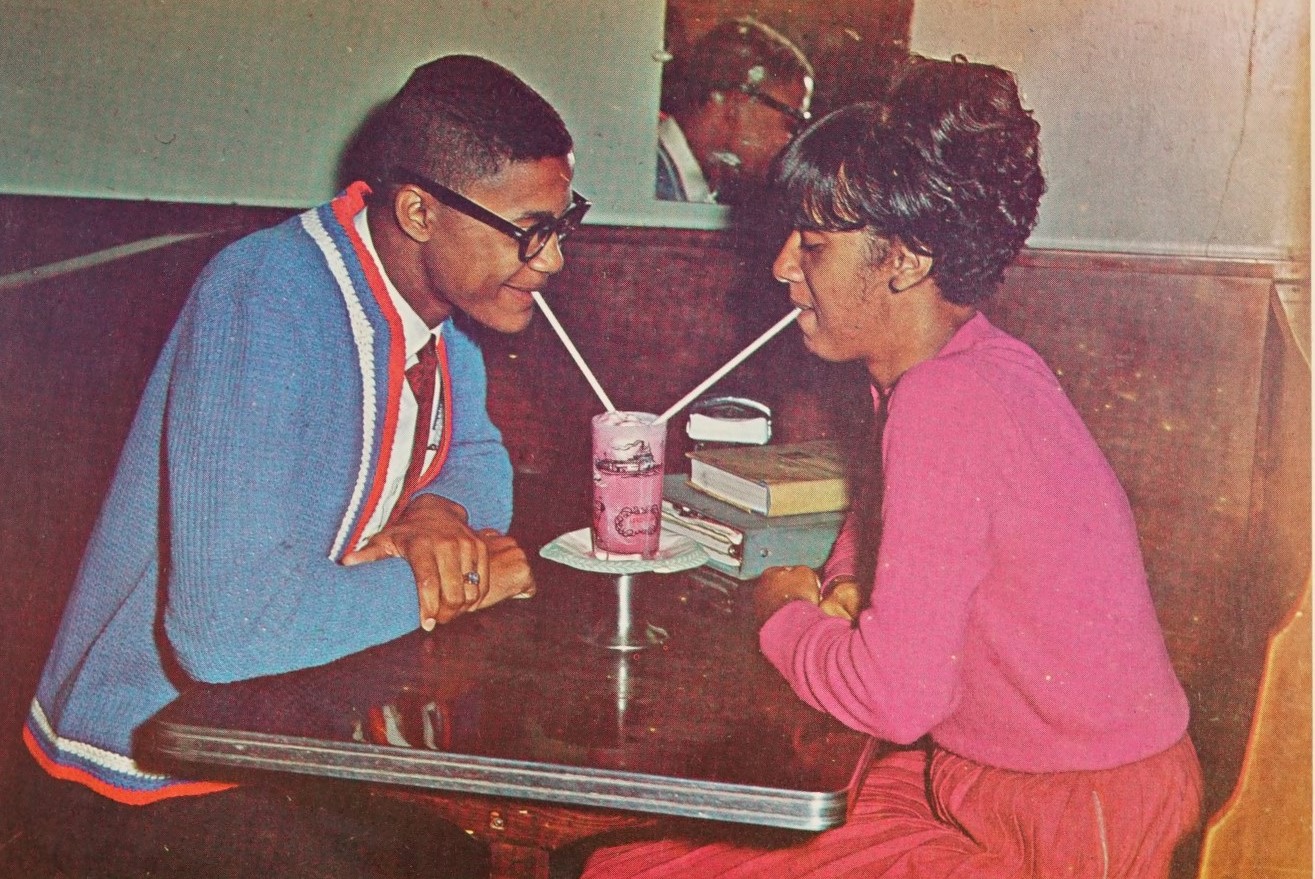Each fall, high school students search for a “room of their own.” They seek out places away from teachers and parents where they can process the world around them. Nowadays that space might exist online, but for many decades it was a tangible spot on the map. The Virginia Digital Yearbook Project offers evidence of these 20th-century teenage hangouts.
In partnership with the Institute of Museum and Library Services, LYRASIS, and Virginia’s public libraries, this ongoing Library of Virginia project collects and scans the state’s public high school yearbooks in order to provide free access to them online. After a decade of work and over 5,000 books scanned from the years 1891 to 2002, the project enables researchers or browsers to construct an intimate view of the commonwealth’s high schools across time and geography.
Some of the earliest teenage hangout spots were close to home, on porches and in nearby parks, if not at school itself. In the 1910s and 1920s, as the automobile began to overtake America, yearbooks show groups of high school students sitting on the hoods and running boards of Model Ts.
Once young people got the keys to the car, they were off, and from the 1930s onward we see Virginia yearbooks filled with photographs of students socializing off school grounds. These places included three essential elements: food, entertainment, and minimal supervision. It also helped if the outing was inexpensive.
For about 40 years the drug store soda counter reigned supreme as the perfect combination of these elements. It was versatile too, good for large groups of people or for a date with a special someone.
After World War II, as Americans had more money to spend and more options on which to spend it, high schoolers branched out. Yearbooks show that food was still a draw, with images of ice cream shops, diners, pizza places, and fast food joints. But entertainment-driven options drew those who didn’t want the pressure of carrying on a conversation: skating rinks, movie theaters, pool halls, arcades, and skate parks.
Eventually food and entertainment were combined under one destination, the ubiquitous shopping mall, which was also convenient for selecting the newest trends in clothes and music.
But if all else failed, it was enough to just get away from the adults, whether it was a friend’s basement, a parking lot, or maybe even the library.








